When you play a slot machine, the random number generator inside the machine determines your odds of winning. This process doesn’t take into account the results of previous spins, so each individual spin has an independent chance to be a winner. As a result, it’s possible to win a jackpot every single time you play. This jackpot can be fixed or progressive, with the latter growing over time until someone hits it.
The first step to winning a jackpot is choosing the right machine to play on. You should always check the payout schedule and read the paytable before you start. Then, you can find the machines that best match your bankroll and play styles. If you don’t want to spend a lot of money, then try playing on a simpler machine with fewer reels and fewer symbols. However, it’s important to remember that luck plays a huge role in slot success.
Slots are gambling machines that accept cash or paper tickets with barcodes, which then give you credits based on the paytable. They are available in brick-and-mortar casinos and online, and come in a wide range of themes and features. Some include bonus games and extra symbols that are aligned with the theme. Some also allow players to choose how many paylines they want to use in their bets, affecting the amount of money they can potentially win.
The paytable of a slot machine explains how the game works and includes information like how much each symbol is worth, what winning combinations look like, and which icons trigger bonus rounds. It will also explain how the payouts work, and what special functions are available. This can be a good way to learn about how slots work, especially if you’re new to the game.
A slot is a dynamic placeholder that either waits for content (a passive slot) or calls out to a renderer to fill it in (an active slot). It’s important to understand the distinction between these two elements, because they have different roles in the context of an HTML page.
In computer programming, a slot is a container for reusable code. A slot can be accessed by other scripts, and it’s a great way to pass data between pages or between components. This allows you to create more complex and interactive applications with a smaller amount of code.
A slot can also refer to a position within a group, series, or sequence. For example, a player’s “slot” in a football team is the fourth position on the field, behind the leader and two wingmen. The term can also be used to refer to a particular part of an aircraft’s structure, such as an air gap or an engine exhaust port. It can even be used to describe an employee’s job description at a company.
